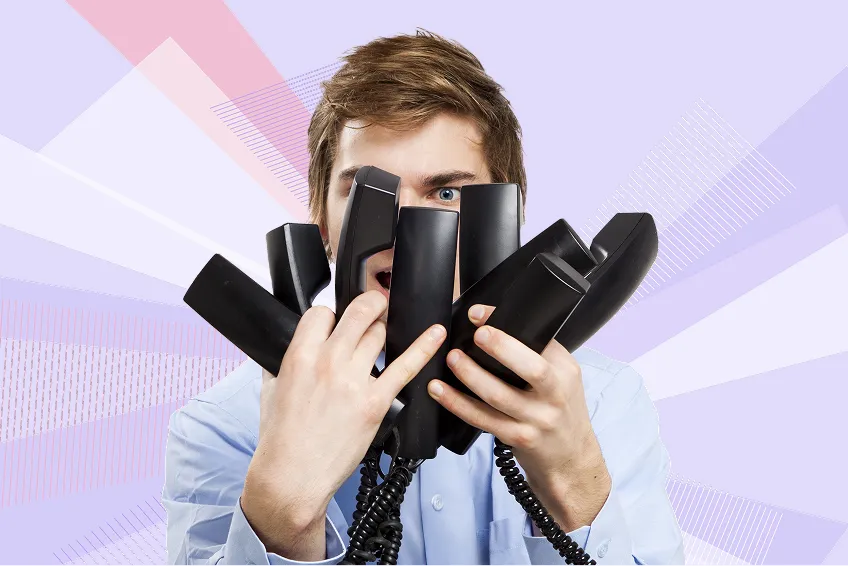Can’t get patients to use your EHR’s patient portal? You’re not alone.
A recent study from Health Affairs found that 63% of patients have not used a patient portal in the past year.
Why are portals struggling to find adoption? The biggest reason, cited by 70% of respondents, is that patients preferred to speak directly to their doctor.
This isn’t surprising.
We know that access to care is one of the most important factors in patients’ choice of doctors — even more so than insurance coverage and quality of care, according to NRC Health’s 2019 Healthcare Consumer Trends Report.
But can’t patients speak directly to their doctors using a patient portal? Apparently not. Ernst and Young found that only 39% of doctors are actually using their own patient portals.
What’s really going on here? It comes down to one word: usability.
Ask anyone who’s used a patient portal before. They’ll tell you that most portals feel like they were designed in the 1990s.
Everything is in a different tab, with labels that don’t make sense, so you have to click through every corner of the portal to find what you’re looking for. And that’s if you’ve gotten access at all, by successfully registering for a username and password using a medical bill or a mailed letter (or remembering the credentials you already created).
Technology has moved so far beyond the days where that kind of user experience is tolerated.
We’ve become accustomed to delightful technology that makes it easy to accomplish what we’re trying to do — whether that’s getting a ride, having food delivered, or watching a movie.
But while patient portals have fallen behind technology design trends and user-friendliness expectations, the need for what they’re trying to achieve — easy communication between medical practices and patients — has never been greater.
That’s where the next generation of healthcare communication platforms comes in.
Users may or may not ever actually read (or act on) an email reminder letting them know there's new information waiting for them on a patient portal.
Communication on next generation healthcare communication platforms goes both ways — beyond just broadcasting information to patients.
Klara, for example, empowers medical teams to share things like care instructions and treatment plans, test results, and pre-visit instructions — and they arrive as a secure text message to patients.
No emails, logins, passwords, downloads, or clicking a million tabs to find the ‘new information’ that was promised. Just a text, to any type of phone, and they’re in.
More importantly, patients can easily initiate conversations with medical teams just by sending a text — whether it’s by asking for an appointment or a prescription refill, clarifying care instructions, or asking clinical questions to the doctor or nurse. Because it’s all HIPAA compliant, they can even send pictures of insurance cards or a stubborn rash.
And just like that, patients can talk directly to their doctors — without their doctors having to use their own personal phones or cell phone numbers — with technology that’s so intuitive and seamless that it fits into the communication they already do every day.
No wonder Klara has an average 80% - 90% patient adoption rate.










